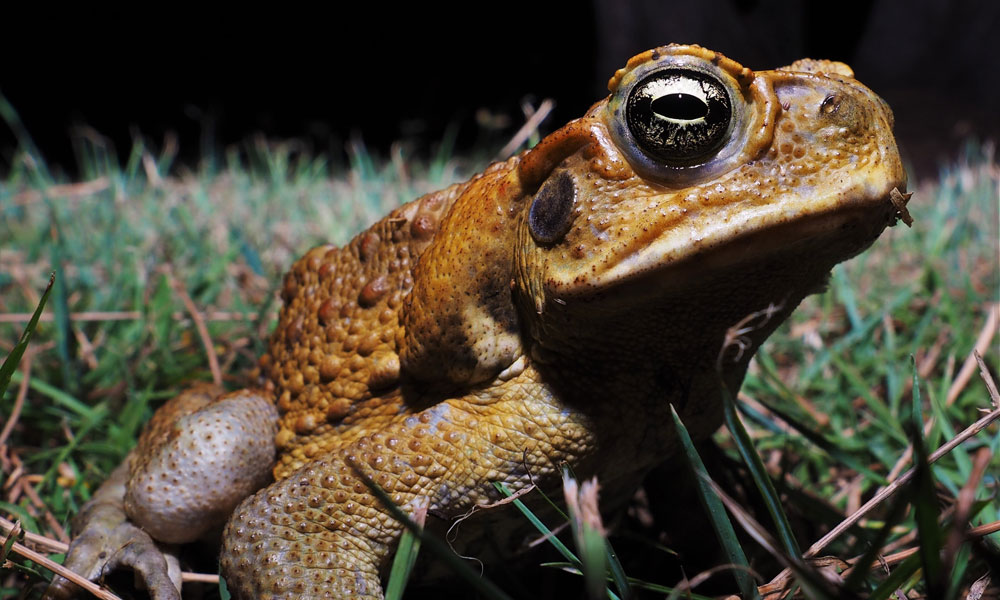

The Department of Primary Industries (DPI) is urging residents at Lake Macquarie to report any sightings of cane toads after more than a dozen were found lurking under a sheet of tin at Mandalong.
NSW biosecurity specialists have retrieved 17 cane toads from a property at Mandalong.
Everyone is being urged to report any sightings of the pest and the advice from NSW DPI is:
- Where safe to do so, we urge property owners to check around and under items on the ground such as metal sheeting, pots and wood piles.
- NSW DPI advises people not to harm animals they think may be cane toads, as it may be a native frog, and contact a biosecurity authority who will be able to identify the species.
- If you think you have seen a cane toad, use the online biosecurity concern form https://fal.cn/3s4an, call your local council or the NSW DPI Biosecurity Helpline 1800 680 244.
Cane toads are considered a serious non-native invasive pest in NSW. The species has the ability to cause devastating impacts on our communities, native wildlife and ecosystems due to their ability to spread to new areas, use limited natural resources and to poison animals that try to eat them.
Cane toads are large heavily-built amphibians with dry warty skin. They have a bony head and over their eyes are bony ridges that meet above the nose. They sit upright and move in short rapid hops. Their hind feet have leathery webbing between the toes and their front feet are unwebbed. Adult cane toads have large swellings – the parotoid glands – on each shoulder behind the eardrum.
Cane toads may be grey, yellowish, olive-brown or reddish-brown, and their bellies are pale with dark mottling. Average-sized adults are 10-15 cm long. The largest female measured in Queensland was 24 cm long and weighed 1.3 kg. Male cane toads are smaller and wartier than females. During the breeding season males develop dark lumps (nuptial pads) on their first two fingers; these help them cling to a female while mating. Their mating call is a long loud purring trill.
More information about cane toads is available on the NSW DPI website https://fal.cn/3s4ao
Image: wwf.org.au

